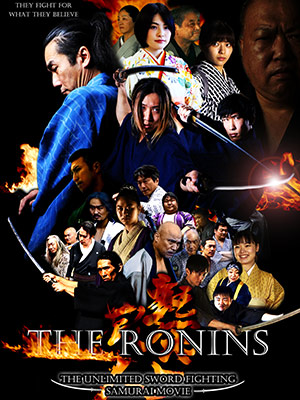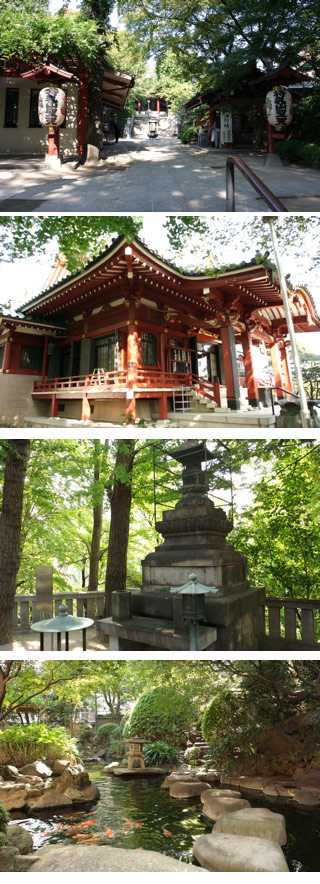The faith of Shoden
This temple is the Shoden Buddhism Temple. Shoden's precept is keep the Buddhism's law and lead people to disillusion, then he will listen the wish of people. You can perform the ascetic practices called Yokuyu Kito which is the highest practice of Shoden Buddhism in the morning and evening.
Daikon (Japanese radish) and Kinchaku (Cutpurse) are the pray items of this temple.
Daikon represents the ambivalence and hate of human's mind, and by holding a mass of Daikon will pure human's mind. Also, the pureness from the holding a mass will make body stronger, bring good luck for people's relationship and happiness of family life.
Kinchaku is the symbol of the business and money.
You can practice Shakyo, rewrite the Buddhism scroll. There is beautiful Japanese garden, and great art gallery.
Bronze Hokyoin-to (Cultural Asset of Taito City)
Hokyoin-to refer to Buddhist pagodas constructed based on a sutra called Hokyoindarani-kyo. THis particular pagoda has a roof style cover, popular after the latter half of the 18th century, making it very representative of the age it was built in. According to the inscription carved into the foundation, it was built by the caster Nishimura Izuminokami in 1781, and was a donation by 16 fudasashi (raice brokers/users) in Kuramae. The Nishimura Izuminokami was a family of casters that lasted for 11 generations. This pagoda is thought to have been built by Nishimura V.Nishimura Masahira. Hokyoin-to made of bronze are a rarity in Japan. This pagoda is the only one in Taito City that has been preserved almost in its original condition. It is marked by fine decorations on its various parts, and is an excellent example of the high level of skill of the caster.
This temple also enshrines Bishamonten (毘沙門天) who is one of the Seven Lucky Gods, therefore it is also count as one of the Seven Lucky Gods temple in Asakusa.
Main festival: Daikon Festival at January 7. Free Daikon food.
Officila web site: http://www.tctv.ne.jp/matuti/index.htm






